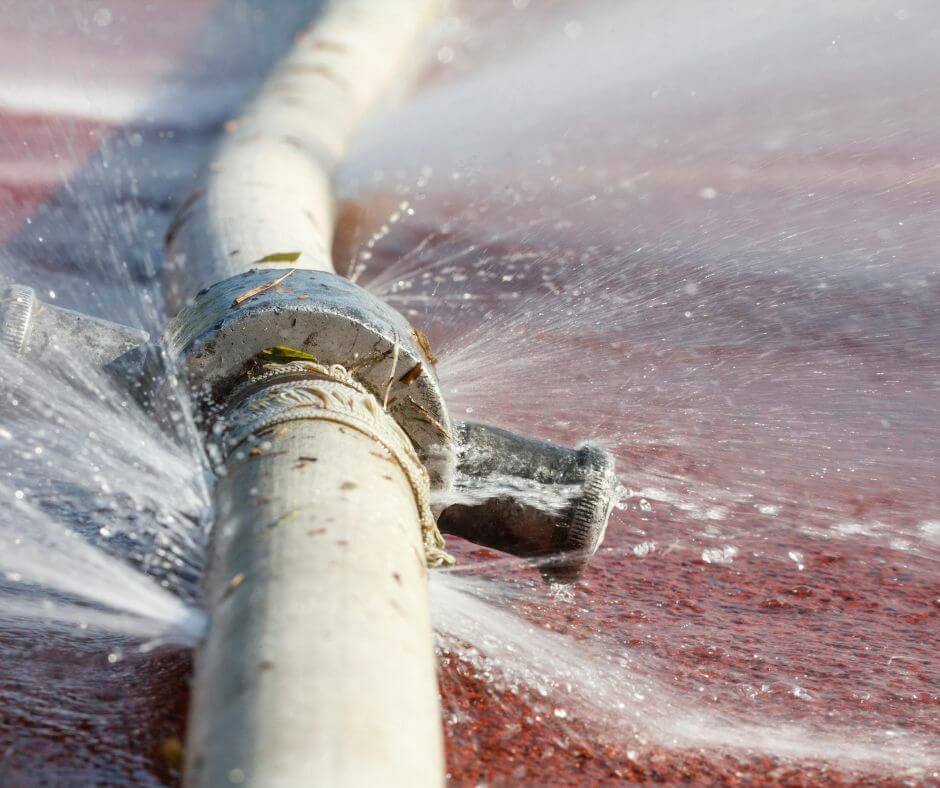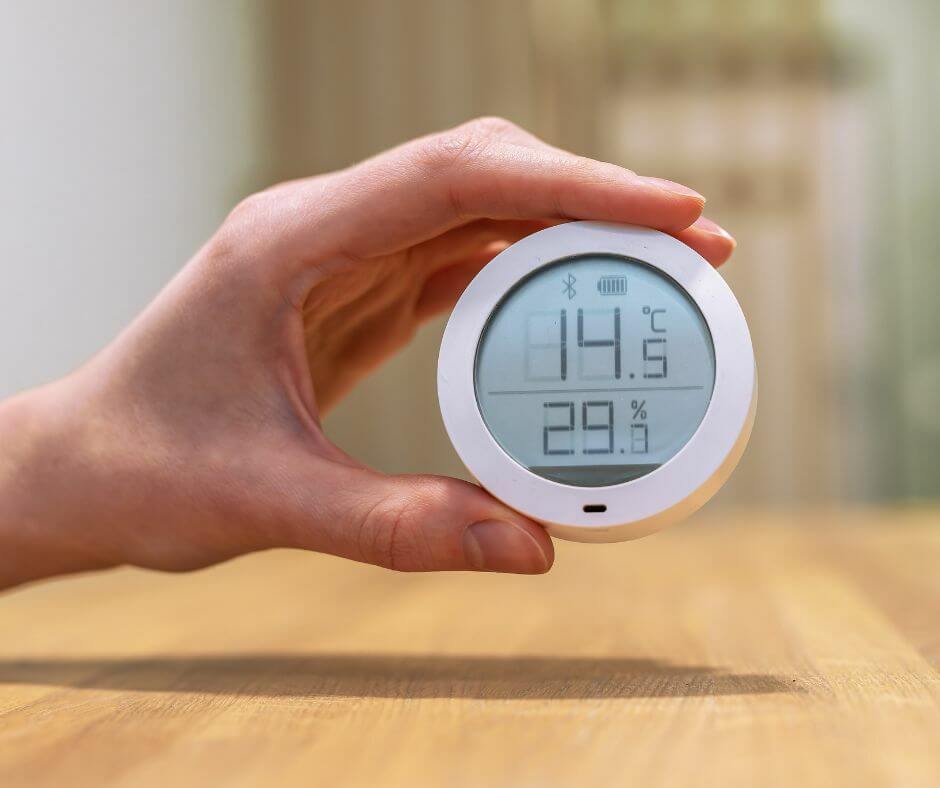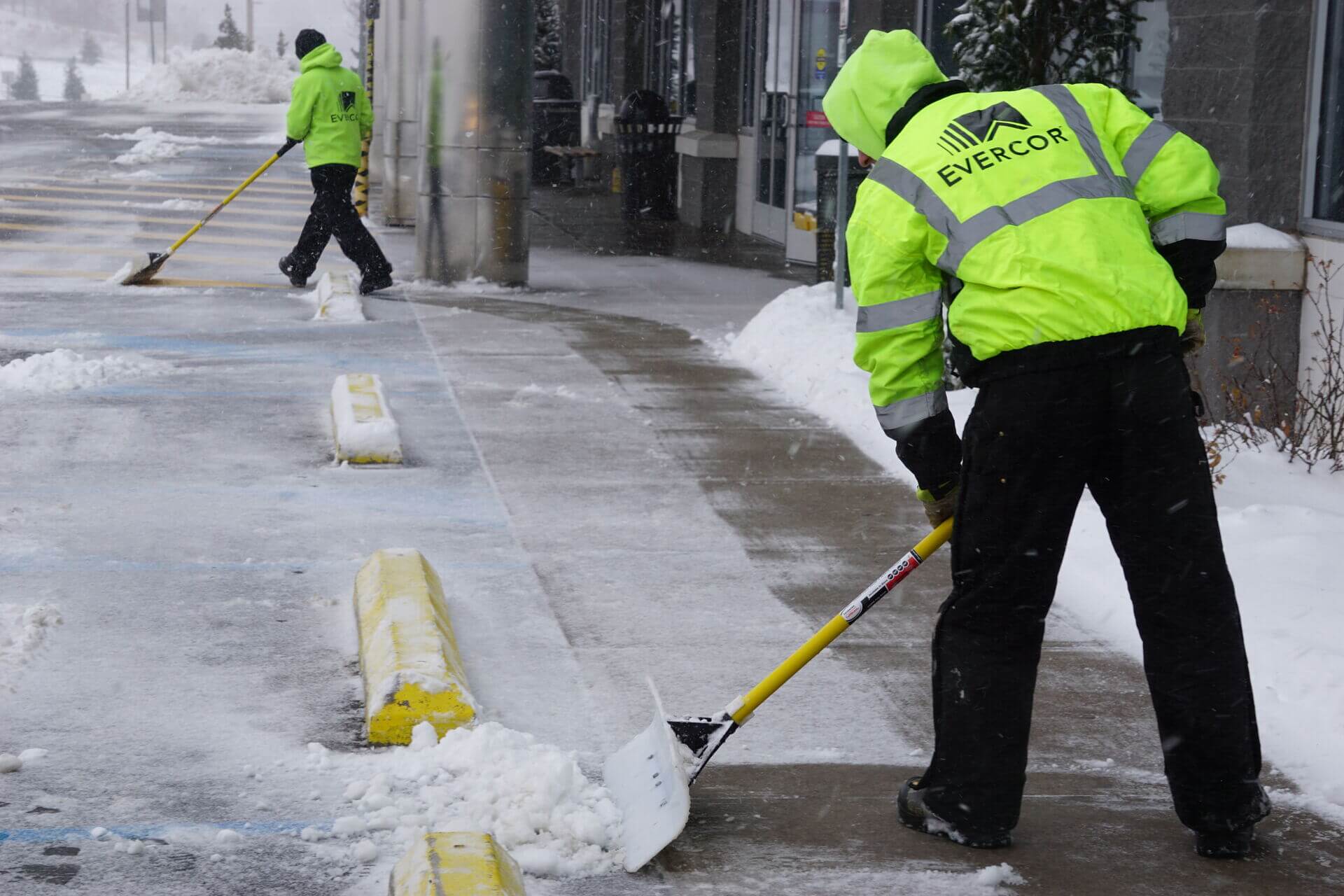Winter presents a unique set of challenges for facility managers. As temperatures drop, the risk of property damage and safety hazards increases. Proactive preparation and effective strategies are essential to navigate these challenges. From preventing pipe freezing to ensuring safe and accessible pathways, a facility manager’s winter preparation plan must be comprehensive and well-executed. This guide offers strategies and actionable steps for effective winter water management.
Preventing Pipe Freezing and Damage
 One of the main challenges in facility management during winter is the potential risk of pipes freezing and bursting. This can result in significant water damage and expensive repairs. To prevent this, it is important to understand the building’s plumbing system and identify vulnerable areas, such as pipes in spaces without heating or those located in exterior walls. Insulating these pipes is crucial. Maintaining a consistent temperature in the building, even when unoccupied, can help prevent freezing. Below are a few of the basic steps you can take to help keep your facility protected against winter water damage:
One of the main challenges in facility management during winter is the potential risk of pipes freezing and bursting. This can result in significant water damage and expensive repairs. To prevent this, it is important to understand the building’s plumbing system and identify vulnerable areas, such as pipes in spaces without heating or those located in exterior walls. Insulating these pipes is crucial. Maintaining a consistent temperature in the building, even when unoccupied, can help prevent freezing. Below are a few of the basic steps you can take to help keep your facility protected against winter water damage:
- Insulate Exposed Pipes: Proper insulation of all pipes, especially those in unheated areas like basements, attics, and garages, is crucial. Insulation helps maintain a consistent temperature in the pipes, reducing the risk of freezing.
- Maintain Indoor Temperature: Keeping the building’s temperature at a steady level, preferably above 55°F, is important even during non-operational hours. A consistent temperature helps prevent the internal temperature of pipes from dropping to a freezing point.
- Seal Cracks and Openings: Inspect the facility for any cracks or openings near water pipes, especially in exterior walls. Sealing these openings can prevent cold air from reaching the pipes.
- Drip Faucets: In extremely cold conditions, allowing faucets to drip slightly can relieve pressure in the plumbing system, reducing the likelihood of pipes bursting.
- Shut Off Outdoor Water Supply: As part of winter preparations, disconnect garden hoses and shut off water to outdoor faucets. This prevents water from freezing in these pipes and potentially causing damage.
Indoor Air Quality and Humidity Control
 During the winter season, the extensive use of heating systems becomes unavoidable, which significantly affects indoor air quality and humidity levels. These changes have a profound impact on the comfort and health of individuals inside the building. Dry air, a common issue in heated indoor environments, can cause discomfort and health problems for occupants. Proper maintenance of the HVAC system plays a critical role in addressing these concerns. Regular cleaning and filter replacement help in maintaining good air quality. Additionally, using dehumidifiers and ensuring proper ventilation in areas prone to dampness are effective strategies to mitigate these issues.
During the winter season, the extensive use of heating systems becomes unavoidable, which significantly affects indoor air quality and humidity levels. These changes have a profound impact on the comfort and health of individuals inside the building. Dry air, a common issue in heated indoor environments, can cause discomfort and health problems for occupants. Proper maintenance of the HVAC system plays a critical role in addressing these concerns. Regular cleaning and filter replacement help in maintaining good air quality. Additionally, using dehumidifiers and ensuring proper ventilation in areas prone to dampness are effective strategies to mitigate these issues.
The following strategies can be implemented to address these challenges effectively:
- Monitor and Adjust Humidity: The first step is to regularly monitor indoor humidity levels using hygrometers. Keeping humidity levels within a 30% to 50% range is ideal for human health and building integrity. This range prevents the air from being too dry, which can exacerbate respiratory issues, and also from being too moist, which can lead to mold growth.
- Regular HVAC Maintenance: A well-maintained HVAC system is key to controlling indoor air quality. Regular maintenance, including cleaning and replacing filters, ensures the system effectively removes pollutants and circulates clean air. This is essential for preventing the buildup of dust, allergens, and other harmful particles in the air.
- Ventilation: Proper ventilation is crucial, especially in high-humidity areas like kitchens and bathrooms, and in areas where chemicals or pollutants might be used. Good ventilation systems help to expel stale air and bring in fresh air, maintaining a healthy indoor environment.
- Use of Humidifiers and Dehumidifiers: In areas where the air is too dry, humidifiers can add necessary moisture to the air, helping to alleviate discomfort caused by dryness. Conversely, in areas with excess moisture, dehumidifiers can help to maintain a healthy balance by removing excess humidity.
- Educate Occupants: Finally, educating building occupants about the importance of maintaining proper humidity levels can help in preventing issues related to air quality. Simple practices like using exhaust fans, avoiding overuse of humidifiers, and being aware of the signs of poor air quality can make a significant difference.
By implementing these strategies, facility managers can ensure that indoor air quality and humidity levels are maintained at optimal levels, thus safeguarding the health and comfort of all occupants throughout the challenging winter months.
Effective Snow and Ice Removal
 Snow and ice removal is vital for maintaining safe pathways and preventing accidents. Timely and effective removal of snow and ice from walkways, driveways, and emergency exits is crucial. This task requires diligence, the right equipment, materials, staffing, and expertise. Below are a few of the steps you can take to ensure your facility is run safely and efficiently throughout the winter season:
Snow and ice removal is vital for maintaining safe pathways and preventing accidents. Timely and effective removal of snow and ice from walkways, driveways, and emergency exits is crucial. This task requires diligence, the right equipment, materials, staffing, and expertise. Below are a few of the steps you can take to ensure your facility is run safely and efficiently throughout the winter season:
- Timely Snow Removal: Establishing a schedule for regular snow removal, especially after significant snowfall, is essential. This includes not just the main pathways, but also less frequently used exits and fire escapes.
- Apply Safe De-icing Agents: The choice of de-icing agents is important. Opt for environmentally safe products that effectively melt ice but do not damage concrete or harm nearby vegetation. It’s also crucial to apply these agents in the right quantity to avoid overuse.
- Anti-Slip Measures: In addition to de-icing, employing anti-slip measures like gravel or sand on walkways provides immediate traction. Anti-slip mats at entrances can significantly reduce the risk of indoor slipping.
- Clear Roof and Drainage Systems: Regularly clearing snow from roofs prevents potential damage due to weight accumulation. Ensuring drainage systems are clear prevents water from pooling and freezing, which could lead to slip hazards or water damage.
- Continual Monitoring and Maintenance: Continuously monitoring weather forecasts and adjusting snow and ice management strategies accordingly is key. This proactive approach helps in preparing for sudden weather changes and maintaining safety standards.
Navigating Winter’s Waters with Confidence
Winter presents unique challenges for facility managers, but with the right strategies and preparation, these can be effectively managed. By focusing on comprehensive pipe freeze prevention, indoor air quality and humidity control, and effective snow and ice management, facility managers can ensure their buildings are safe, functional, and comfortable throughout the winter months